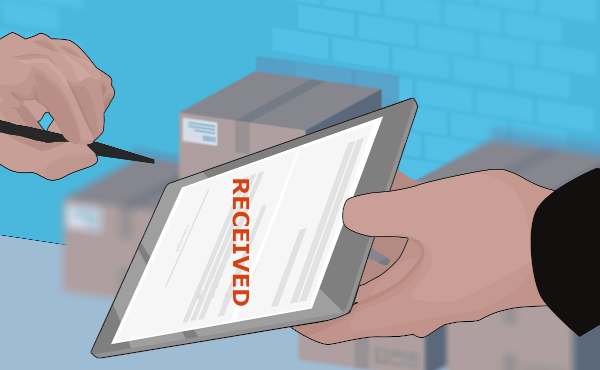
Buying technology for your own personal use at home can be exciting once you get past the price tag. Yet there are many factors to consider when investing in technology for your business and your employees use.
There are many digital tools available to improve the day-to-day way people do their jobs. Providing the right tech can increase both yours and your staff’s productivity by streamline processes and improving both employee and client engagement. Yet determining which solutions are the best fit for your business takes time and work.
Investing in a technology that doesn’t suit your needs can hurt your business:
- Learning new technology takes time away from other business orientated tasks.
- Employees resent the change when the tech further complicates their day.
- Staff can feel ignored and disrespected when asked to use digital tools that don’t help or aren’t the right fit.
- Disgruntled employees can disengage, which can then lead to a poor customer experience.
- Employees looking for an easier way to do their work and may change work environments without permission.
Best practices for buying employee technology
Providing the best technological tools helps support a more productive, energized and motivated workforce. The following best practices help bridge the gap between IT ambition and the actual employee experience.
1. Know how work gets done
Many decision makers think they know how their staff get the work done, but they have not actually been in the coal face for years. Just looking at the metrics to analyze process efficiency is not enough. Purchasing officers need to understand an employee’s daily journey. They need a good answer to the question “how is this technology going to make my work experience better?”
2. Understanding the IT environment
Just as technology is evolving, the work environment is adapting too. Before buying employee technology, determine the following:
- Is their current technology hampering their work day?
- Are they in the office or remote?
- Do they sit all day at a desk or need to be on the move?
- Are they customer-facing?
- Do they need more collaborative tools with internal teams?
Don’t make any IT purchases without weighing up whether the technology can handle the use that it is going to get. An employee who travels all the time for work is going to prefer a rugged but lightweight laptop where as an employee who is at a desk will prefer a desktop with 1 or 2 (or even more) large screen monitors.
3. Aim for uniformity
Bringing a shiny new Apple Macintosh into a PC environment can cause all sorts of issues if not properly planned for. Loyalty to one manufacturer or software can help your staff embrace new tools quicker. Additionally, it makes buying parts, consumables and warranty much easier. You’are also more likely to be able to take advantage of product integrations and interoperability and if there are any issues you have 1 point of contact to deal with.
4. Develop consistent relationships
If you are buying a lot of technology at one time you may be eligible for volume pricing. Plus, if you’re returning again to a supplier you’ve worked with in the past, they already know your setup and can easily advise about any incompatibilities or potential issues.
Working with a trusted adviser to find the right tech solutions is also beneficial. Their supplier relationships can lead to volume discounts, improved warranties and access to corporate grade systems and components.
5. Seek employee input
New technology introduces change into the work environment and a lot of people don’t love change – especially if they feel a different system or software package is being pushed upon them. It helps to ask staff what tools or technology they want, as they may already know, and it helps get them involved in the decision making process!
Technology is an essential part of how people experience work or perceive a business. It’s easy to get seduced by a bright, shiny new devices or a promising feature. Instead, make decisions based on whether the technology can actual do what you need it to do and whether it’s going to make your employees’ work environment better or worse.
Need help making decisions about the right technology for your team? We can help. Contact our professionals today on 08 8326 4364 orvia email at
su*****@dp*********.au
